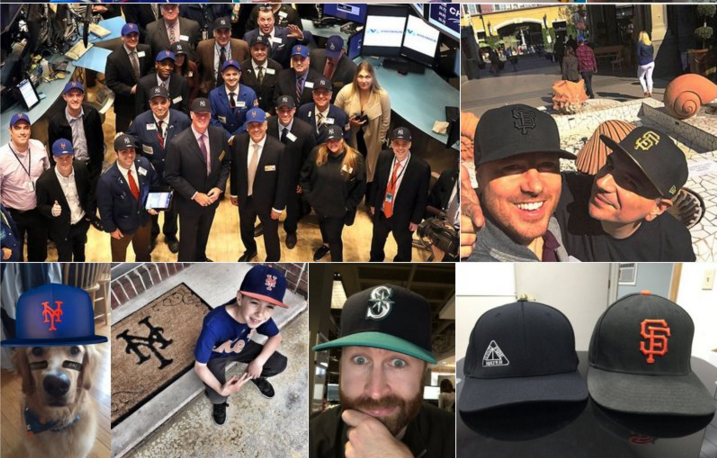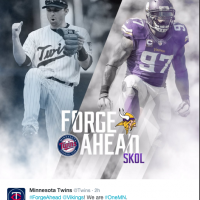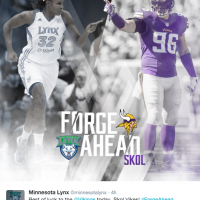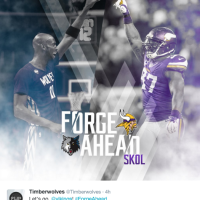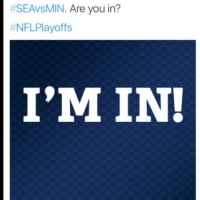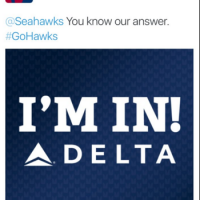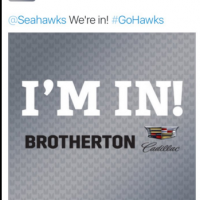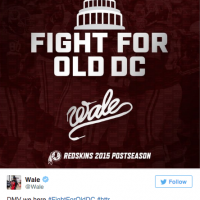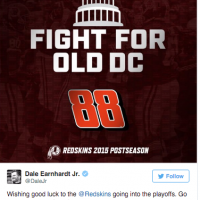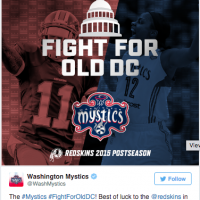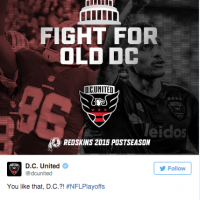I was having a conversation the other day with a good friend in the industry. And like all good conversations with those who work in social and digital, we couldn’t help but to talk about work, the struggles, the wins. Part of the conversation drifted towards what drew us in to social in the first place — and through that I had a powerful realization.
I’ve never been a “platform” first person. If you follow my blog, my tweets, etc., you know I’ve always felt very strongly that a great social strategy starts with a strong content strategy. The platforms will come and go, but the need to reach consumers online through compelling content is here to stay.
While I’ve always loved the fast-paced nature of social and digital, it’s really the ability to tell a story that drew me in and kept me here. When you work in social and digital, you get the opportunity to tell a brand story every single day. And for as long as I can remember, I’ve loved nothing more than a good spot that made me cry, laugh or reminisce… no matter where I consumed it.
Here’s the thing. Good content is good content period. And good ads have always been good content, period. Social, digital and mobile has simply enhanced the opportunity for more distribution — and also more competition. It hasn’t changed the need for good ads; but it’s not enough to just “sell” well. Now as marketers we have to entertain, inform, educate, evoke emotion.
Whether you work in digital marketing, content marketing or retail marketing, your job is to capture your consumer’s attention. Their heart and minds, really. You can distribute content all day long across any platform and to any target, but if it doesn’t add value to your consumer, then you’ll lose the attention battle.
As marketers we have to focus on what matters. It’s not about noise, but about adding value.
